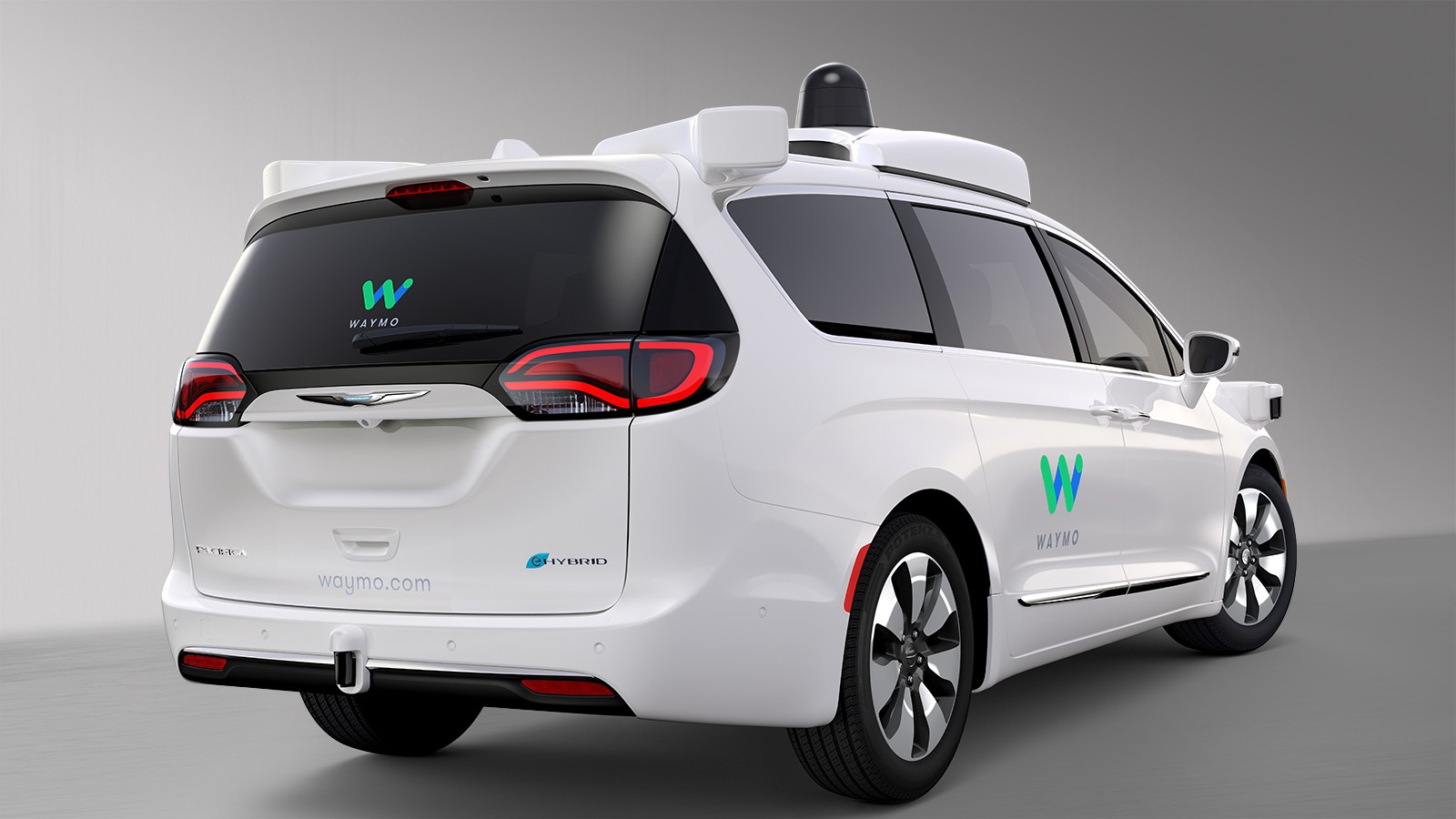Using Virtual Reality to Kill Boredom in Autonomous Vehicles
A host of automakers including Nissan and Audi which are currently at the frontiers of innovation of autonomous vehicles are planning to leverage cartoon characters as well as other VR experiences to keep drivers and other vehicle occupants entertained when travelling in these vehicles.
When it comes to vehicle design and manufacturing, carmakers have long placed an emphasis on getting the driver to sit still behind the wheel and keep their eyes on the road.

Innovations in the autonomous vehicle design have now transformed drivers into passengers and that has created a new usage and moral dilemma. How will drivers cope with boredom when the car is self-driving?
With driverless cars, drivers no longer need to steer the wheel. It can be awkward and boring sitting behind the wheel and simply doing nothing when travelling in future fully autonomous vehicles. Designers of these cars are beginning to think of how tackle this boredom by using virtual reality as an in-cabin entertainment.
Some of the top industry players such as Ford, Daimler and Volkswagen are already considering in-car virtual entertainment for driverless cars. There are also some Silicon Valley players such as Uber and Alphabet-owned Waymo that are gazing in the direction of these technologies.
Driverless cars are still a long way from mass adoption due to the tough regulatory challenges that still need to be met. However, industry leaders are already thinking of the best ways to incorporate immersive in-car entertainment systems.
During the CES Asia technology trade show held in Shanghai this week, various automakers showcased instances of this technology.
Holoride, a startup which was co-founded by an Audi subsidiary demo’d an experience that will it see it transform road trips into virtual reality experiences where passengers will be able to swim through the sunken ships in the deep sea or swim with the whales during drives.
When the car steers sideways or accelerates, these movements will be logged by a computer chip installed in the trunk of the car and which will subsequently adjust the passenger’s view inside the virtual reality goggles. This real-time adjustment in the experience will help shield passengers from motion sickness.
Nissan also showcased new sets of goggles that passengers and drivers can use in delivering real-time information and projecting a talking cartoon character that will converse with the wearer of the goggles. The aim of this, according to the Nissan Research Center, is to help meet the emotional needs of passengers, who will now includw the driver of the autonomous vehicle. It leverages the fact that in autonomous vehicles, drivers have less control of the vehicle and interacts more with passengers; it therefore designs experiences around this scenario.
There are other automakers that are also hopping onto the bandwagon in developing driverless cars. Some of the other big names include Tesla, Uber Technologies as well as Alphabet’s Waymo.
Fully autonomous cars are yet to gain complete users’ trust particularly in light of some high-profile accidents involving driverless cars. Eventually, as they get better, the technology will catch on with mainstream users.
The virtual reality that both Audi and Nissan is developing will only be deployed when the autonomous car industry reaches the fully autonomous standards or “Level 4” where the vehicles will be capable of handling all aspects of driving in all kinds of circumstances without human intervention. Engineers working on the autonomous vehicles projects are still not fully confident about the prospect of rapid deployment of this technology. So even if there are virtual reality experiences being built around the travelling experiences in these vehicles, don’t expect to see them any time soon. However, such innovations give us a window into the possibilities of the future and they have proven quite popular with many of the attendees at the CES Asia Show.
https://virtualrealitytimes.com/2019/06/23/using-virtual-reality-to-kill-boredom-in-autonomous-vehicles/https://virtualrealitytimes.com/wp-content/uploads/2019/06/Google-Waymo-Cars-600x338.jpghttps://virtualrealitytimes.com/wp-content/uploads/2019/06/Google-Waymo-Cars-150x90.jpgTechnologyA host of automakers including Nissan and Audi which are currently at the frontiers of innovation of autonomous vehicles are planning to leverage cartoon characters as well as other VR experiences to keep drivers and other vehicle occupants entertained when travelling in these vehicles. When it comes to vehicle design...Sam OchanjiSam Ochanji[email protected]EditorVirtual Reality Times - Metaverse & VR
